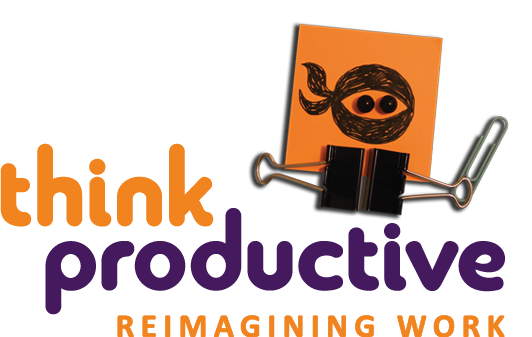This is a 3 part blog post series. Read the introduction/Part 1 and Part 2, and and read more by Matthew on his blog
Our brains are lazy.
When faced with a complex problem, we are reluctant to crank up System 2; we much prefer to leave it to System 1. The Planning Fallacy is simply the occurrence of this in planning activities – large and small. Kahneman uses the phrase “the Planning Fallacy “ to describe projects that:
> are unrealistically close to best-case scenarios; and/or
> could be improved by consulting the statistics of similar cases.
 He goes on to list some entertaining stories: the Scottish Parliament (“before” cost estimate £40 million, final cost £431 million); a 2005 study of rail planners’ forecasts, which averaged an overestimation of passenger numbers of 106% and an underestimation of costs of 45%. Interestingly, as this evidence became more available, the experts did not become more reliant on it.
He goes on to list some entertaining stories: the Scottish Parliament (“before” cost estimate £40 million, final cost £431 million); a 2005 study of rail planners’ forecasts, which averaged an overestimation of passenger numbers of 106% and an underestimation of costs of 45%. Interestingly, as this evidence became more available, the experts did not become more reliant on it.
This constant over-optimism applies to railway builders and kitchen renovators, whose costs overrun, on average, by 108%.
On this subject, Kahneman has a simple solution. Whatever the scale – and type – of the project:
1. Identify an appropriate reference class (kitchen renovations, large railway projects, etc.)
2. Obtain the statistics of the reference class (in terms of costs per mile of railway, or of the percentage by which costs exceed budget). Use the statistics to generate a baseline prediction.
3. Use specific information about the case to adjust the baseline prediction, if there are particular reasons to expect the optimistic bias to be more or less pronounced in this project than in others of the same type.
A well-run organisation will reward planners for precise execution, and penalise them for failing to anticipate difficulties that they could have anticipated – the unknown unknowns.
Happiness Versus Well-Being (psychologytoday.com)
Sign up for one of our London workshops – How to Get Things Done and Getting Your Inbox to Zero
Find out about Think Productive UK founder Graham Allcott’s Diceman Experiment
8 Traits of Ninja Decision Making thinkproductive.co.uk


